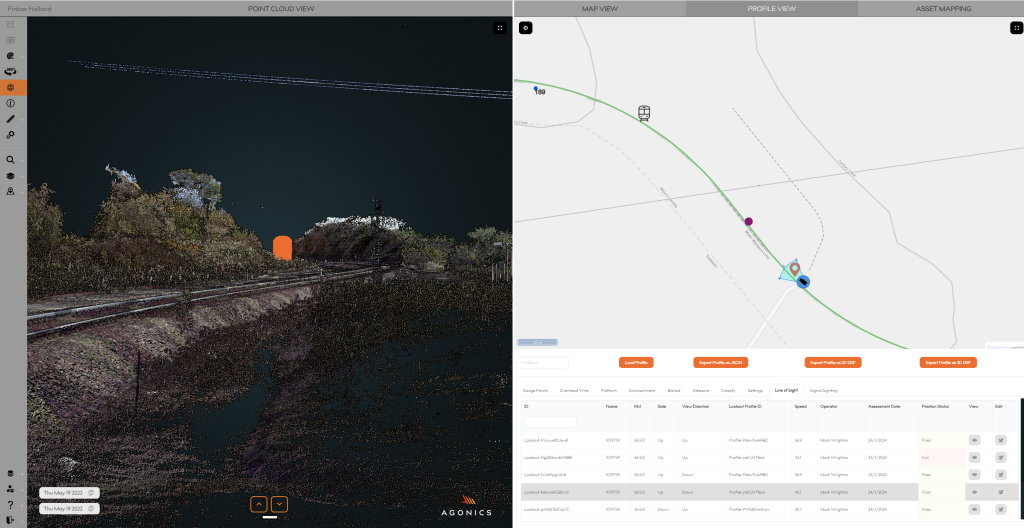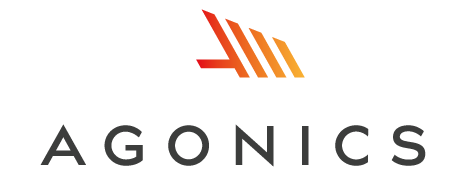Ensuring safety at railway level crossings remains a significant challenge on the Australian continent. With 23,000 level crossings in Australia, assessing these crossings as safe for road transport users is a resource intensive and costly activity.
According to the National Transport Research Organisation (NTRO), backlogs exist across the country in carrying out these assessments.
The Challenges in Assessing Level Crossings
Traditional methods for assessing level crossings involve sending personnel into the field to take measurements and observations manually. This exposes them to hazards from road traffic, railway operations and from walking on uneven surfaces. As some level crossings are in remote locations, it is resource intensive to reach them and manage worker fatigue. Manual measurements performed in the field are also not easily auditable.
A New Approach to Level Crossing Assessments
Agonics has developed a new desktop workflow to perform ALCAM assessments of level crossings using LiDAR and imagery datasets recorded both from the rail and road user perspectives. Now manual assessments of level crossings can be replicated in a fully auditable way.
The new workflows are now integrated into the Agonics XERRA software so rail maintainers can accelerate their level crossing assessments, reducing their reliance on manual methods.
Under a new collaboration with NTRO, Agonics is working to further optimise level crossing assessments to help rail maintainers address their backlogs.


